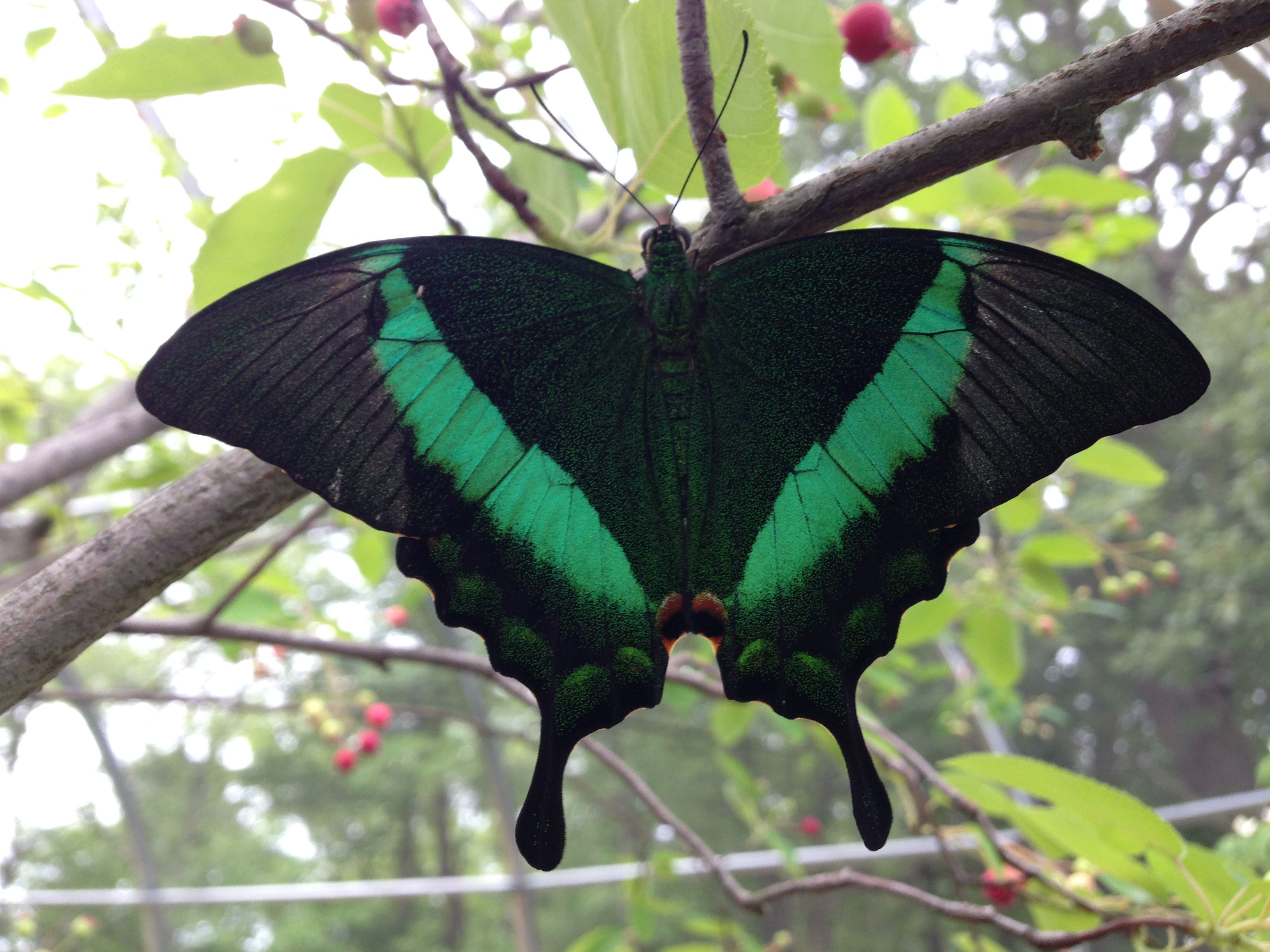Hello from Needles CA!
This week we were welcomed back to the Mojave Desert from the beautiful Chicago Botanic Garden to temperatures above 120 degrees all week. Today it’s 125, so I was in the office today catching up on paperwork we put on hold for days just like this! For this blog post, I plan to catch you all up on what the Needles team has been up to for the past while. I had written a post for last month, but accidentally did not press “post”, so for this post I will combine both, starting from the oldest events to the most recent!
Early last month we were invited to attend a ceremony celebrating the designation of California’s three new National Monuments, Sand To Snow, Castle Mountains, and Mojave Trails. Mojave Trails National Monument alone covers 1.6 million acres of stunning desert landscape, encompassing parts of Route 66, a volcano, prime habitat for many of the desert’s flora and fauna, as well as historic Native American lands. Our office in Needles is excited to now be the caretakers of the Mojave Trails National Monument.

Route 66, with Amboy Crater barely visible in the background (look for the black flat topped mountain)
Having never been to such a ceremony I did not know what to expect. It was a great experience! Those indispensable to the effort to dedicate these lands spoke, from local government officials, state officials, local Native Americans who have been protecting and stewarding these lands for generations, to Sally Jewell, the US Secretary of the Interior. It was a unique experience and such a pleasure to meet Sally Jewell along with the other interns in our office. From our time speaking to her she seemed to be a compassionate woman with a deep love for nature.

Meeting Sally Jewell and the unveiling of the new monument signs!
The following day we led a group of SCA interns to Amboy Crater, an inactive volcano off of Route 66 which is now a part of the Mojave Trails Monument. With SCA we worked on seed collection of Creosote, Larrea tridentata. It was a new experience for them as none of them had done seed collections before! Due to our unusually rainy weather these past two months we have been needing to routinely check up on many populations of various species to see when they will be ready. Larrea tridentata is one of those species. We have since returned to Amboy three times to collect what we can that is ready, and anticipate being able to hopefully finish the collection this week!

Amboy Crater surrounded by Larrea tridentata
Later that month, we met with Bighorn Sheep Biologists from the California Department of Fish and Wildlife to gain some monitoring and radio telemetry experience! This day was easily one of the most energy intensive days I have had thus far but it was so worth it! We broke up into teams to asses the populations in the Clark Mountains, and recorded a total of 88 sheep! This day called for intense hiking and mountain climbing to follow the sheep tracks, but was a valuable experience. I learned radio telemetry hands on, how to spot and distinguish sheep pellets, as well as gained a newfound appreciation for what my body was capable of (even if I was exhausted and wanted to get home by the end).

John teaching me radio telemetry! (He gave me permission to post this) 🙂

Top of Castle Mountain, highest peak in the Marble Mountains. We made it!
This past month has been a whirlwind of catching seed before the plants crisp up in this desert heat. We have made 15 collections so far, and anticipate having 20 by the end, if all goes to plan.
The next collection that we are looking forward to the most is the Joshua tree collection (Yucca brevifolia)!! We have gone out to our populations a few times to check on the seeds. The last time we went they were still unripe on the inside, but in time they will be good to go! That collection will be fun! We have apple picker sticks to pull the pods off the trees with, and tarps to catch anything that falls in the process so our seeds don’t touch the ground. Here is a picture of what the seeds looked like when we last checked, they’re such large pods!

As you can see, still very green and fleshy two weeks ago!
For the rest of this month we will be running around the desert trying to catch populations of Senna armata, Eschscholzia minutiflora, Krameria bicolor, Senegalia greggii, possibly Saliva dorrii, and finishing up our Larrea tridentata before everything out here dries up!
This past week I was in Chicago attending the CLM Workshop with many of you. It was such a great time meeting you all and getting to hear about your experiences all over the country. Hopefully we will be able to keep in touch!
My favorite lecture during the workshop was the hands on section of the “Measuring and Monitoring Plant Populations” session, where we were able to try out the techniques we had learned in class. The garden was spectacular and so well maintained! I am planning to post about the workshop in more detail very soon.















































